| The next time you're sitting at home, take a look around. Most likely you have decorated it and made it look, feel and even smell a certain way that makes you comfortable. I believe the term nesting can be used to describe this, albeit loosely. Some houses blend in to the environment where others are big, bright and high up on the hill that screams, "Look at me!". Let's face it, one style of home won't work for everyone due to location, resources and personal preference. We're all different and have different needs. |
| Well, people are not the only animals that create a personal nest. I think it's safe to say that we've all seen a few bird nests in trees but have you noticed their diversity? Every species of bird has a different look of nest. It may be a subtle or drastic difference. It can be small like a hummingbird nest or large like a Bald Eagle's. Some are on the ground and some are up high. The materials used to make the nests are quite varied and influenced by similar factors as the homes of people although usually limited to what's available in the immediate area. |
| Now people can live almost anywhere with additional means. This, in addition to population, is why humans are moving their "nests" further and further into wildlife habitats. Luckily, some animals have adapted quite well to human influence and build on man-made structures. Unfortunately this is not the case for all wildlife. | Another factor is location, location, location! Where is the best place to put the nest that is protected from predators and the elements? Is it near a food and water source? People have decided that trucking in food and pumping in water to where we live is a better idea than living near natural resources. |
| Probably the most commonly known bee nest is the hive. They can be quite large such as this one filling a large crevice in a tree. Made of beeswax, they construct honeycombs to both house their young and store their food. I found a mud nest that was reused by another species. Yes, other animals recycle too! If only more people would... well that's a different subject for a different blog. Building underground is becoming much more popular with people and some bees find this to be a great way to nest. The term for this, burrowing. Below, you can see the abdomen of the bee as it burrows into the ground. | It's not just birds that have nests. Bees also have unique nests such as cut leaves that are packed into an opening that is either natural or man made. Some bees make nests out of resin that's covered in pebbles and made on a rock or in a bush. The largest bee in California actually burrows into the branch of a tree using it's powerful mandibles. Then there are the wasps. They are just as fascinating as the other nesting organisms. Some nests are made of mud and some are made of paper. Paper? Well that doesn't sound like a very good idea for a nest. Surprisingly, the hexagonal array of the nests are very strong. Some nests are sheltered and can last multiple years where others are exposed and usually last only one year due to the elements. If they do manage to survive, they can get very large! |
| There are many other organisms that build nests that I have yet to spot but here are a few more showing various shapes, materials and sizes. Home is where your heart is <3 | The Potter Wasp makes a mud nest in the shape of a... (wait for it), a pot! Well not the one in your kitchen but one that might found at an archeological dig. While on your next nature walk, take a look around and see if you can spot some nests. When you do, see if you can figure out why they are in that location and look the way they do. Doing so is the first step of being a Citizen Scientist! If you snap some photographs of it, you can upload them to Project Noah and add it to a mission dedicated to Animal Architecture so others can enjoy your spotting and even help you identify it, if needed :) |
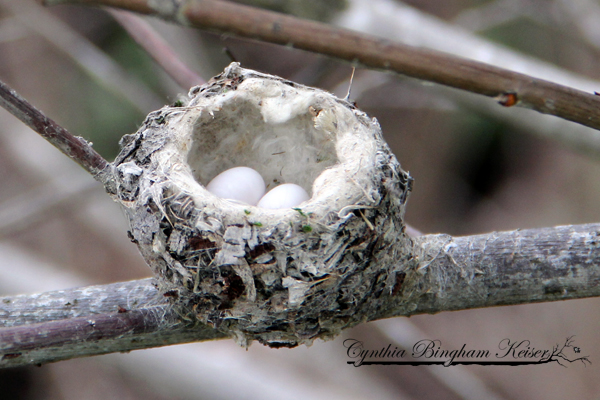
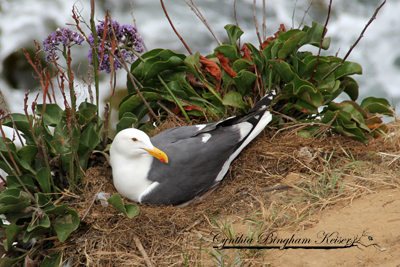
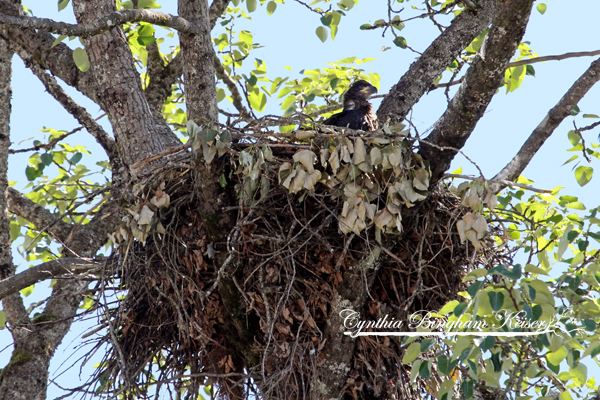
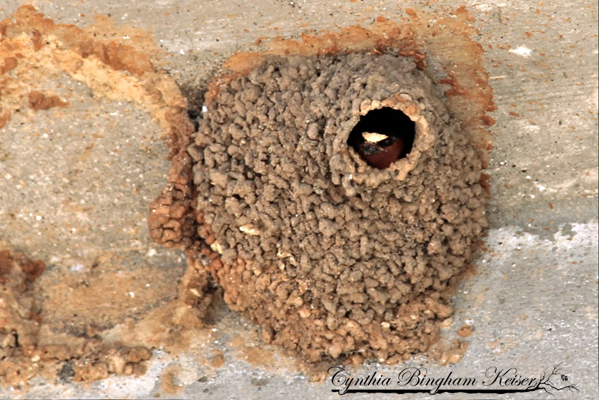
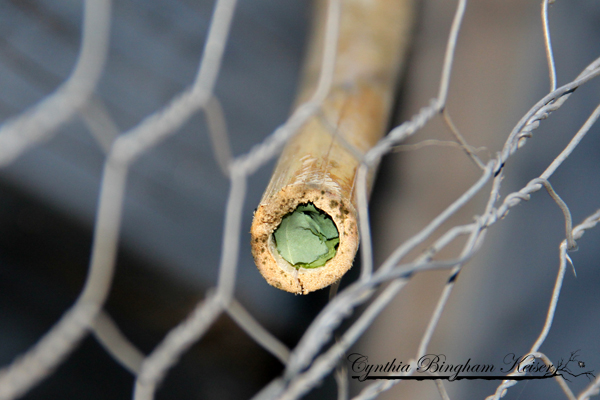
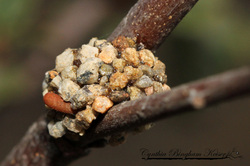
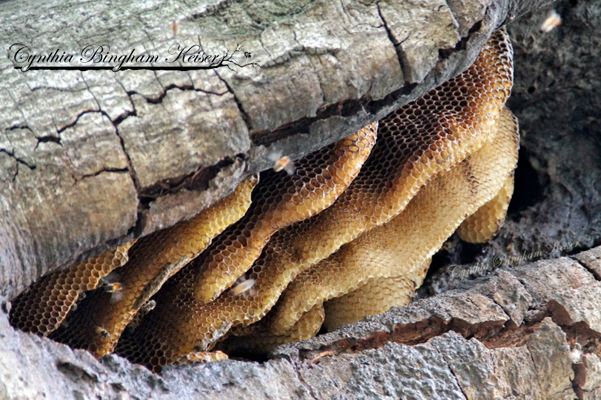
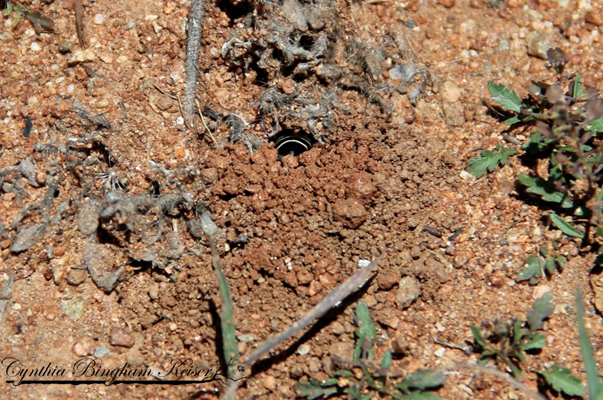
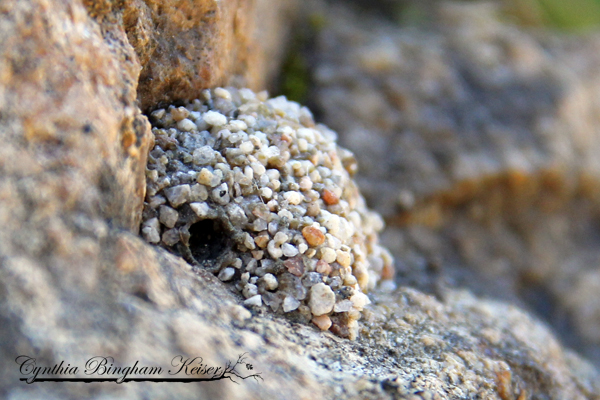
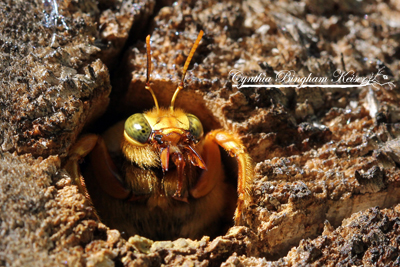
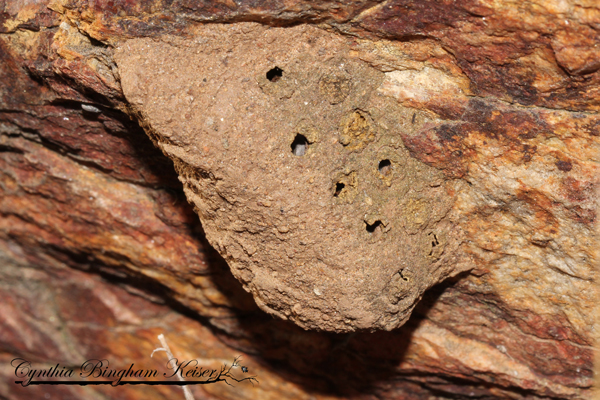
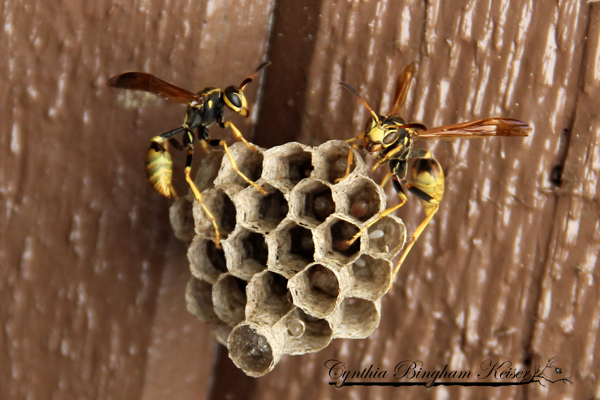
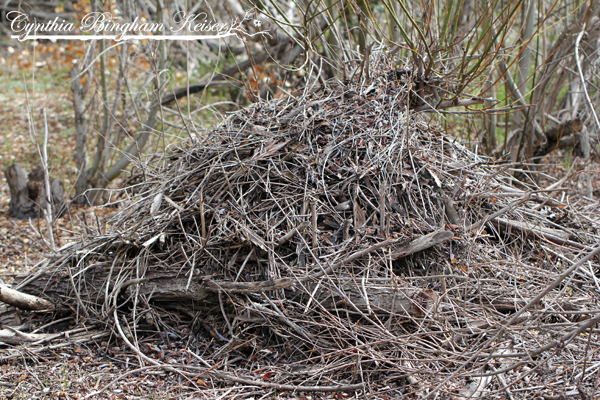
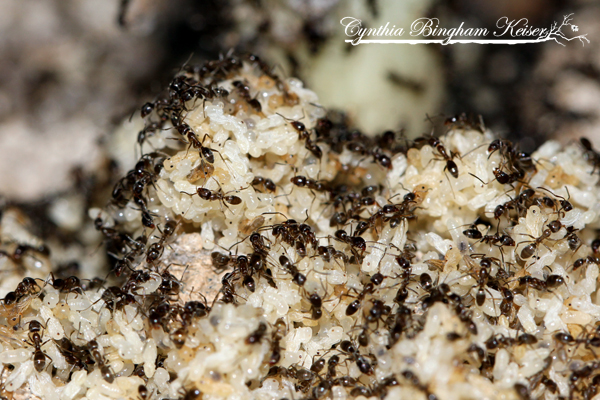
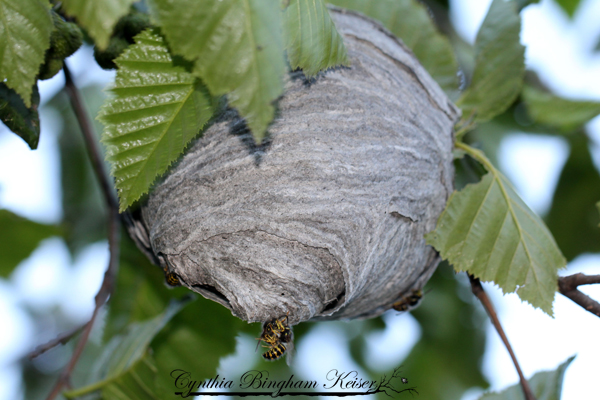
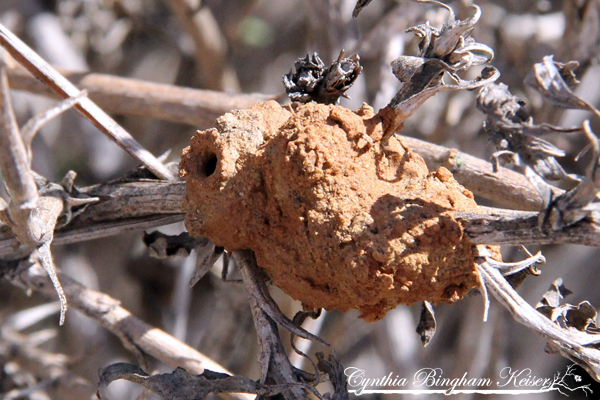
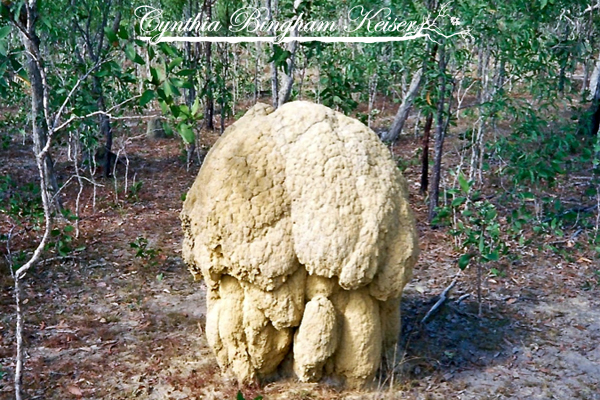
 RSS Feed
RSS Feed
